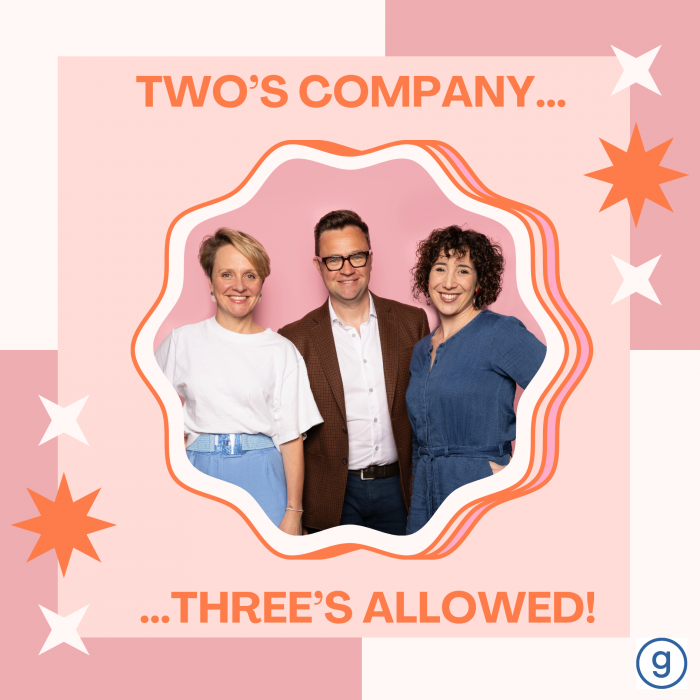A couple months ago, cult beauty brand Glossier announced that it will be entering Sephora from 2023. This was particularly welcome news to this millennial author, who has been patiently awaiting the arrival of Glossier’s cutely-named products including Boy Brow, Balm Dotcom and Cloud Paint.

Source: www.glossier.com
Unsurprisingly, Glossier has registered its name as a trade mark. But it’s also secured a US trade mark registration for the colour pink as applied to its product packaging. For those who weren’t aware, Glossier’s packaging has at times ascended to the height of fashion. It was all the rage back in 2016.
The image on the left shows the trade mark that Glossier has registered in the US. The image on the right is the actual packaging in use.

Source: USPTO Database
The trade mark is described as “the claimed color pink as applied to bags featuring lining of translucent circular air bubbles and a zipper closure”. So the trade mark is a specific shade of pink as applied to bubble wrap pouches.
Glossier is not the only brand to have developed unique packaging and protected it through the trade marks system. Many other companies both at home and abroad have done just the same.
Wait, wait, hold on: you can trade mark packaging?
Yep! Just like its US counterpart, the Australian Trade Marks Act permits the registration of packaging shapes, packaging components, product shapes, colours or combinations of these things.
All sorts of shapes and aspects of packaging have been registered as trade marks in Australia. These include bows for Ferragamo shoes (what we’d like to be wearing), Crocs (what we’re actually wearing), LEGO bricks (what we’re trying not to step on), the Porsche 911 (maybe one day) and the Lindt gold bunny (every day).

What kinds of shapes or packaging components can be registered?
In theory, any shape or packaging component can be registered as a trade mark if it’s “distinctive”. In basic terms, this means that it can’t be in common use or something that your competitors may legitimately want to use. Could you launch a successful wine brand and register your standard wine bottle as a shape trade mark? Nope. Could you launch a boutique jewellery brand selling wine bottle-shaped earrings and register the shape of those earrings as a trade mark? Sure, but I’d query your aesthetic.
Laziness being the mother of invention, if your product shape or packaging makes it easier to achieve some desired objective, then it’s likely that your competitors will want to use it for their similar goods. If I develop a novel wine bottle that looks different to the standard wine bottle due to some functional advantage (e.g. it makes pouring easier) then the shape is unlikely to be registrable as a trade mark. Unfair? No, not really. The patent system is designed to protect products with functional advantages.
Coming back to Glossier: bubble wrap is of course a functional and necessary aspect of product packaging for many goods. But Glossier didn’t file for a sheet of bubble wrap: it filed for a specific shade of pink as applied to a specific packaging item. The pink colour doesn’t confer a functional advantage, nor is it commonly used. Therefore, its unlikely to be needed by other traders. This is why the trade mark application was approved for registration by the USPTO.
Look back at the registered trade marks contained in the table above. What do they have in common? They’re either really whacky shapes (ahem, Crocs) or they’re more standard or functional shapes which have, over the years, come to function as brands because consumers have learnt to associate them with a particular trade source (hello there, Ferragamo). Each of these marks is “distinctive” – either because it was born that way or it became that way as it amassed its reputation and became a recognisable brand asset.
What if I’m not quite that famous yet, but my packaging or product shape is unique?
You don’t have to be Porsche or Lindt to secure trade mark protection for your packaging or product shape. There are plenty of ways that IP laws can be deployed to help protect and build your brand assets, whether you’re just starting out or are well-established. Feel free to contact us to learn more.






